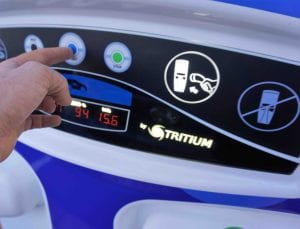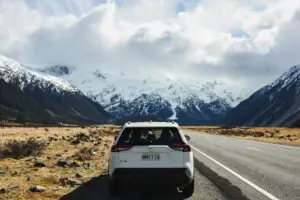Fed by the virtually unlimited supply of money emanating from the Koch Brothers to influence the media, plenty of people are convinced that electric cars are not as green as they pretend to be. That includes Teslas that recharge at Supercharger locations.
After all, they have to get their electricity from somewhere and in many places worldwide, that somewhere is a coal-fired generating plant. The critics ask, what good is it to have zero tailpipe emissions if the stuff that makes the car go is derived from burning coal? One such critic posed that question to Elon Musk yesterday and got an unexpected response.
All Superchargers are being converted to solar/battery power. Over time, almost all will disconnect from the electricity grid.
— Elon Musk (@elonmusk) June 9, 2017
Tesla has embarked on a campaign to double the number of its Supercharger locations in 2017. In a blog post earlier this year, it said,
“As Tesla prepares for our first mass-market vehicle and continues to increase our Model S and Model X fleet, we’re making charging an even greater priority. It is extremely important to us and our mission that charging is convenient, abundant, and reliable for all owners, current and future. In 2017, we’ll be doubling the Tesla charging network, expanding existing sites so drivers never wait to charge, and broadening our charging locations within city centers.”
The Union of Concerned Scientists has published data refuting the hackneyed claim that electric cars are not all that green. Its study finds that two thirds of all Americans live in an area where driving an electric car contributes fewer total emissions than driving the most fuel efficient hybrid.
The only parts of the country where that is not true are places like West Virginia, Ohio, and Pennsylvania, where the majority of electricity comes from coal-fired plants.
In fact, driving a Tesla in Wheeling, West Virginia creates more carbon pollution than driving a 64 Chevelle with the 396 engine. That’s because West Virginians are proud of their ability to poison themselves and their families with coal pollutants.
How soon will it be before all Tesla Supercharger locations are solar powered? Musk left the answer to that question somewhat vague. Suffice to say, it will be sooner than the charging equipment offered by any other automaker.
This article was originally published on CleanTechnica. Reproduced here with permission.










